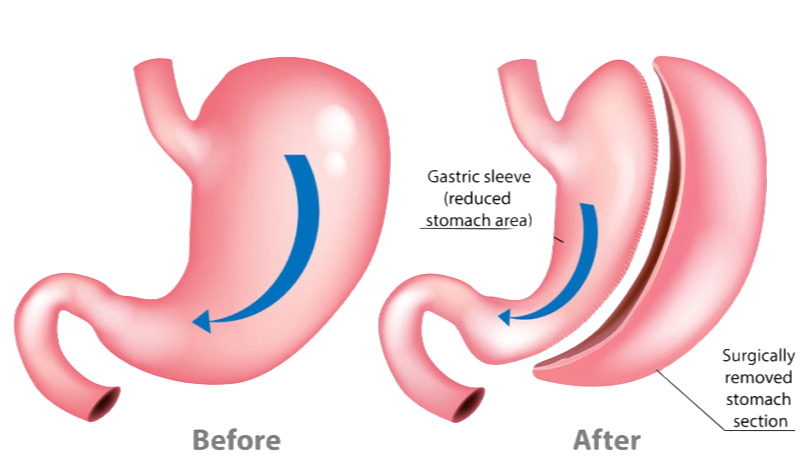Fat Freezing Vs Gastric Sleeve Surgery
KEY TAKEAWAYS
Fat Freezing is a fast, non-invasive treatment that permanently eliminates stubborn fat.
Gastric Sleeve is a complicated surgical weight loss procedure designed for overall and more substantial results.
Both have unique benefits, risks, and purposes — choosing the right one depends on your goals and body’s conditions.
Gastric sleeve surgery can also improve obesity-related conditions such as high blood pressure, diabetes, and sleep apnea.
Always consult with a qualified professional before deciding which option best fits your needs and lifestyle.
INTRODUCTION
At our clinic, we often meet clients who’ve explored every fat-reduction option — from diets and gym memberships to surgical interventions like the gastric sleeve.
In today’s world, there’s an overwhelming range of body-shaping solutions — both invasive and non-invasive. Two popular yet very different options are Fat Freezing (Cryolipolysis) and Gastric Sleeve Surgery (Sleeve Gastrectomy).
Fat Freezing uses controlled cooling to target and permanently destroy stubborn fat cells without surgery, while Gastric Sleeve Surgery involves removing a large portion of the stomach to achieve significant weight loss.
Understanding these differences is key to making an informed decision. Whether you’re a busy parent, bride or groom-to-be, or young professional seeking a more sculpted silhouette, this guide will help you decide which option best fits your goals, lifestyle, and comfort level.
UNDERSTANDING GASTRIC SLEEVE
-
Gastric Sleeve is a surgical weight loss procedure in which about 75–80% of the stomach is removed, leaving a smaller “sleeve”-shaped stomach.
This limits the amount of food you can consume and process and reduces the production of ghrelin - the hormone that stimulates hunger - leading to a significant decrease in appetite and food intake.
The gastric sleeve is typically recommended for individuals with a BMI over 35 or those struggling with serious weight-related health conditions such as diabetes, sleep apnea, and high blood pressure.
-
Gastric Sleeve Surgery - medically known as Sleeve Gastrectomy - works through two main mechanisms:
1. Restrictive Mechanism (Reduced Stomach Size)
During surgery, about 75–80% of the stomach is permanently removed, leaving behind a narrow, tube-shaped “sleeve.”
This smaller stomach:Holds less food, so you feel full after just a few bites.
Slows down food intake, reducing total calorie consumption.
Limits overeating because the stomach can no longer stretch the way it used to.
Essentially, it helps you eat less without feeling deprived, leading to steady, long-term weight loss.
2. Hormonal Mechanism (Reduced Hunger Hormone Production)
The portion of the stomach that’s removed produces ghrelin, often called the “hunger hormone.”
By removing that part, ghrelin levels drop significantly, resulting in:Reduced appetite and fewer cravings.
Improved control over eating habits.
Better satiety signals — your body naturally knows when it’s had enough.
This hormonal change is one of the key reasons gastric sleeve surgery works so effectively for many patients.
-
Pros:
Significant Weight Loss: Most patients lose around 50–70% of their excess body weight within 12–18 months.
Improved Health Conditions: Can lead to major improvements in obesity-related issues like type 2 diabetes, high blood pressure, and sleep apnoea.
Reduced Appetite: Decreases the hunger hormone ghrelin, making it easier to control cravings.
Permanent Results: Offers a long-term solution for individuals struggling with severe obesity.
No Foreign Objects: Unlike gastric banding, there are no implanted devices, reducing long-term complications.
Cons:
Invasive and Irreversible: Involves permanent removal of part of the stomach.
Hospital Stay and Downtime: Requires general anaesthesia, days in hospital, and weeks of recovery.
Potential Side Effects and Complications: Risks include infection, leakage, acid reflux, nausea, and nutrient deficiencies.
Lifestyle Commitment Required: Long-term diet and lifestyle changes are essential to maintain results.
Not Suitable for Everyone: Typically reserved for people with a high BMI (usually over 35) or obesity-related health risks.
High Cost: As a surgical procedure, it’s considerably more expensive than non-invasive options like Fat Freezing.
UNDERSTANDING FAT FREEZING (CRYOLYPOLYSIS)
-
Fat freezing/ cryolipolysis, also called CoolSculpting or cryolipolysis, is a non-invasive procedure that targets and eliminates stubborn fat by using cold temperatures. During the treatment, a special cup-like device is used to gently pull the skin and fat into the cup and apply cold temperature, freezing the fat cells without harming the surrounding skin or tissue. These frozen fat cells eventually die off and are naturally processed and eliminated by the body's immune system.
The procedure is performed without the need for general or local anesthesia. Once the fat cells are destroyed during the treatment, they are permanently eliminated from the body.
During the procedure, clients may initially feel a sensation of tugging or pulling as the tissue is drawn into the vacuum applicator. A slight stinging may also occur as the area becomes numb. After the procedure, it is common to experience temporary numbness and tingling due to the cold exposure, but these sensations typically resolve within a few days.
-
Fat freezing has been studied extensively in both animal and human models. The results have been excellent with visible and fast results. The effects can be visible in as little as 2-4 weeks after treatment with final results showing up to a 25% reduction in fat. This efficacy is seen with only 1-2 sessions, proving its superiority. Fat reduction is permanent during freezing because the cells are removed from the area, leading to a long-lasting solution to stubborn fat pockets and bulges. Patients are highly satisfied even after just one session of this therapy because of this effect.
A study by Krueger et al. (2014) quotes two additional studies and states, “The clinical efficacy and safety of cryolipolysis has been studied in both human and animal models. In two separate studies, animal models demonstrated a reduction of up to 1 cm or 40% of the total fat layer thickness after a single exposure without harming the overlying skin.” (Manstein et al., 2008 & Zelickson et al., 2009)
An additional reference included in this study - refers to the article by Coleman SR et al, titled “Clinical efficacy of noninvasive cryolipolysis and its effects on peripheral nerves” States that “in a study published in 2009 involving ten subjects reported a 20.4% and 25.5% reduction in the fat layer 2 months and 6 months after treatment, respectively
References:
Coleman, S. R., Sachdeva, K., Egbert, B. M., Preciado, J., & Allison, J. (2009). Clinical efficacy of noninvasive cryolipolysis and its effects on peripheral nerves. Aesthetic Plastic Surgery, 33(4), 482–448.
Krueger, N., Mai, S. V., Luebberding, S., & Sadick, N. S. (2014). Cryolipolysis for noninvasive body contouring: Clinical efficacy and patient satisfaction. Clinical, Cosmetic and Investigational Dermatology, 7, 201-205. https://doi.org/10.2147/CCID.S44371
Manstein, D., Laubach, H., Watanabe, K., Farinelli, W., Zurakowski, D., & Anderson, R. R. (2008). Selective cryolysis: A novel method of non-invasive fat removal. Lasers in Surgery and Medicine, 40(9), 595–604. https://doi.org/10.1002/lsm.20719
Zelickson, B., Egbert, B. M., Preciado, J., et al. (2009). Cryolipolysis for noninvasive fat cell destruction: Initial results from a pig model. Dermatologic Surgery, 35(10), 1462–1470. https://doi.org/10.1111/j.1524-4725.2009.01259.x
-
Pros:
Results in permanent fat loss with as little as 1 session
Doesn't require general or local anesthetic
Most clients see a visible reduction within 2-3 weeks
Effective results at 12 weeks due to the removal of fat cells via the lymphatic system
Fewer treatments are required to reach the desired result when compared with other non-invasive treatments (Including Radio Frequency or Fat Cavitation ) See more Fat Loss Treatments comparison here.
Targeted fat loss
No dietary changes required
Little to no downtime
Cons:
The feeling of pulling during the procedure
Mild stinging sensation as the skin becomes numb that may last a few days after treatment
Repeated sessions may be needed depending on the thickness of the fat layer
Targets only subcutaneous fat
Fat freezing (or cryolipolysis) is clinically proven to deliver permanent subcutaneous fat loss. Initial results usually become noticeable within 2-4 weeks, with final results typically visible around 12 weeks. Clinical studies have shown an average fat cell reduction of 26%. However, with advancements in treatment technology, this has increased to 30-40% reduction per treatment. Since fat cells are permanently removed, the results are permanent. Patient satisfaction rates are high, with studies showing up to 73% of patients are content , making fat freezing a more effective and practical solution for fat loss.
Read more about Fat Freezing:
Cryolipolysis for noninvasive body contouring: clinical efficacy and patient satisfaction
The Safety and Efficacy of Cryolipolysis: A Systematic Review of Available Literature.
A Multicenter Evaluation of Paradoxical Adipose Hyperplasia Following Cryolipolysis for Fat Reduction and Body Contouring: A Review of 8658 Cycles in 2114 Patients
Fat Freezing vs Gastric Bypass
-
Fat Freezing: The cost of fat freezing varies depending on the size of the treatment area and the number of sessions needed. Prices start at $499 and can be reduced to as little as $249 if purchased as part of a package.
Since fat freezing is considered a cosmetic procedure, it is generally not covered by insurance.
Gastric Sleeve: The cost of gastric bypass surgery can vary significantly depending on the location, the surgeon's experience, and the healthcare facility. It ranges between $15,000 - $35,000 in Australia.
Insurance coverage for the procedure often depends on the patient's individual policy and whether they meet specific criteria for weight-loss surgery like their BMI and obesity-related health conditions like diabetes or high blood pressure. Patients typically require weeks to months off work to heal, increasing the overall cost (lost wages and use of holiday leave) especially if their job involves physical labor. Patients are advised to plan accordingly for this potential financial impact.
Read more:
Insurance Coverage for Gastric Bypass Surgery
Weight Loss Surgery Insurance Coverage
Get more information on Fat Freezing pricing here or contact us for a free consultation.
-
Fat freezing is often referred to as a "Lunchtime treatment" due to its non-invasive nature and quick recovery time. After the procedure, clients can immediately return to their usual activities with no downtime required. This makes it a convenient option for those looking to target stubborn fat without interrupting their daily routine.
Gastric Sleeve surgery has a longer recovery period of 4-6 weeks, with careful monitoring after surgery needing a hospital stay of 2 to 3 days. After leaving the hospital, patients must follow a gradual return to normal activities, avoiding strenuous exercise or heavy lifting for about 4 to 6 weeks for proper healing. Diet restrictions and adjustments, such as smaller meals and avoiding certain foods, also play a role in the recovery process. Full recovery can take several months as the body adjusts to the changes in the digestive system.
Read about the common mistakes to avoid after Fat Freezing treatment here.
And Gastric bypass diet: What to eat after the surgery here.
-
Fat freezing is a proven method for permanent fat reduction with just one session. occasion some clients see results beginning to appear at 5-7 days. Although clinical trials and consideration of anatomy and physiology indicate that final full outcomes and results are visible at around 12 weeks.
Clinical studies show that fat reduction can reach up to 30-40% in the targeted area, as the fat cells are permanently eliminated by the body. It can be effectively used on areas such as the chin, abdomen, thighs, flanks (love handles), back, arms, knees, and even the underarms. The patient satisfaction rate with CoolSculpting, a trade name for a particular fat-freezing machine, is as high as 73%, making it one of the most effective non-invasive fat-reduction treatments on the market. This technology is very effective in reducing fat layers and ensuring long-lasting results in targeted areas.
Gastric bypass results in rapid weight loss over the first 2 years with a final weight reduction of 68 - 83% at 2 years. This is the equivalent of a 20-point decrease in body mass index (BMI). Then, weight starts to plateau in the third year and increases after that, especially if it is not supported by diet and exercise. The success rate can be as high as 90% in patients with morbid obesity (BMI = 35–50), but it can drop to 60% for super- obese patients. A study found the risk of surgical failure was also high in the super-obese group. The majority of patients (74% at 10 years) were able to lose weight and maintain it as long as they incorporated healthy dietary changes and exercise. The effects on diabetes and high blood pressure were also very good, with 51% of patients having remission at 12 years after surgery. The reduction in abdominal pressure and maintaining the lost weight can improve many co-morbidities like gastroesophageal reflux and sleep apnea, as well as arthritis of weight-bearing joints and asthma.
https://www.nejm.org/doi/full/10.1056/nejmoa1700459
https://onlinelibrary.wiley.com/doi/full/10.1038/oby.2009.178
-
Fat Freezing (coolsculpting): While the method is generally considered safe, there are some minor side effects to consider. During the procedure, patients may experience a pulling or tugging sensation as the fat is drawn into the applicator. Additionally, a mild stinging or numbness may occur because of the cold temperature that is applied on the skin which can persist for a few days after the treatment. Some individuals may require multiple sessions to achieve their desired results if the fat layer is thicker. It’s also important to note that fat freezing only targets subcutaneous fat, meaning it does not affect deeper fat layers or visceral fat, which may require different treatment approaches for optimal results.
Gastric Bypass: Although there are many benefits to having a gastric bypass surgery, there is a 0.5- 1% chance of morbidity and mortality. Studies have shown that there is a higher risk of death, disease, or complication in patients aged above 55, weight above 160 kg, truncal obesity, and male gender. In addition to complications due to anesthesia administration, the most common complications of gastric bypass surgery include an anastomotic leak (a leak where the stomach pouch and small intestine are joined), bleeding, blood clot, narrowing or obstruction at the site of the pouch and intestine junction, and infection. Malabsorption may lead to nutritional deficiency in Iron, Vitamin B12, Calcium, and Folate. These nutritional deficiencies can be avoided by taking supplements and having a diet rich in fruits and vegetables. Dumping syndrome may occur when food moves too quickly from the stomach to the small intestine. This rapid emptying can cause symptoms like nausea, cramps, explosive diarrhea, and dizziness shortly after eating, as well as low blood sugar a few hours later. If the surgery was laparoscopic, the surgeon’s experience and adverse effects during the surgery are the biggest risk factors.
After gastric bypass surgery, patients typically face dietary restrictions, including eating smaller portions, avoiding high-sugar or high-fat foods, and chewing food thoroughly to prevent discomfort or complications like dumping syndrome. These changes can lead to a decreased enjoyment of eating, as the body adjusts to a reduced ability to tolerate certain foods and larger meals.
Fat Freezing results at only 5 days after treatment (the marker was still visible on our client’s belly in the after image) :
Client Reviews
Whichever treatment you decide to go with, it is always important to consult with your healthcare providers for personalised advice.
We encourage you to consider your personal needs, lifestyle, and goals when choosing between fat freezing and gastric sleeve, or any other weigh loss treatments.
SUMMARY KEY POINTS
CONCLUSION
Both Fat Freezing and Gastric Sleeve offer powerful fat-reduction outcomes — but they serve very different purposes.
If your goal is targeted fat removal and body sculpting without surgery or downtime, Fat Freezing may be your best choice.
If you’re managing severe obesity or health complications, Gastric Sleeve surgery might be the right medical path, under professional supervision.
Whichever option you choose, what matters most is finding a solution that fits your body, your lifestyle, and your confidence goals.
-
Yes, gastric bypass surgery can improve or even reverse fatty liver disease because significant weight loss reduces liver fat and improves liver function.
-
No, you won’t be able to eat the same way as before due to the reduced stomach size and changes in digestion. While you can gradually return to a normal variety of foods, portion sizes, and food choices will be limited.
-
Yes, many patients report being able to enjoy food again after gastric bypass, but it may be in smaller quantities and with more careful choices.
-
While there's no absolute ban on specific foods, it is better to avoid certain foods that are harder to digest post-surgery, such as high-sugar, high-fat, or fried foods.
FAQs for Fat Freezing and Gastric ByPass
RESULTS
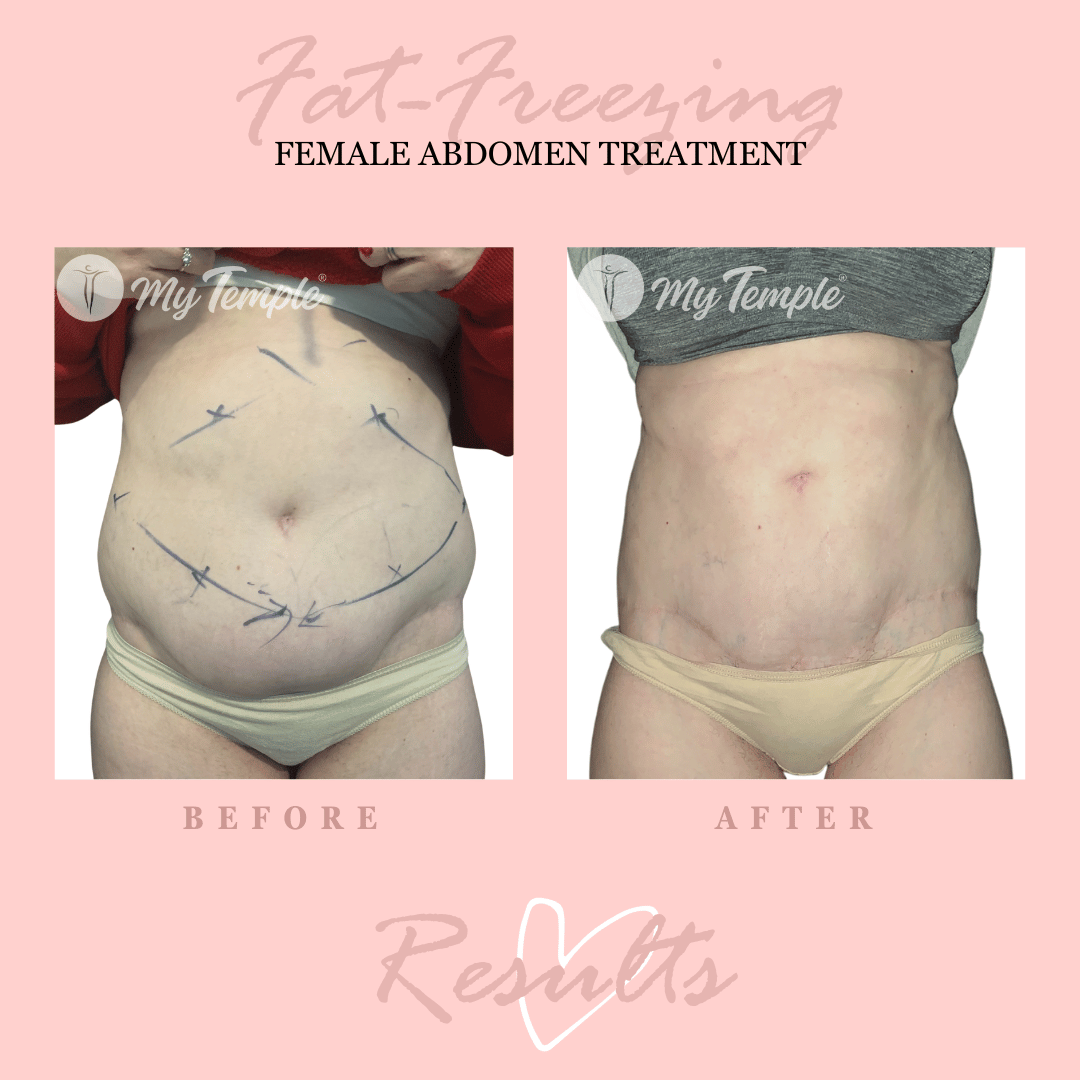
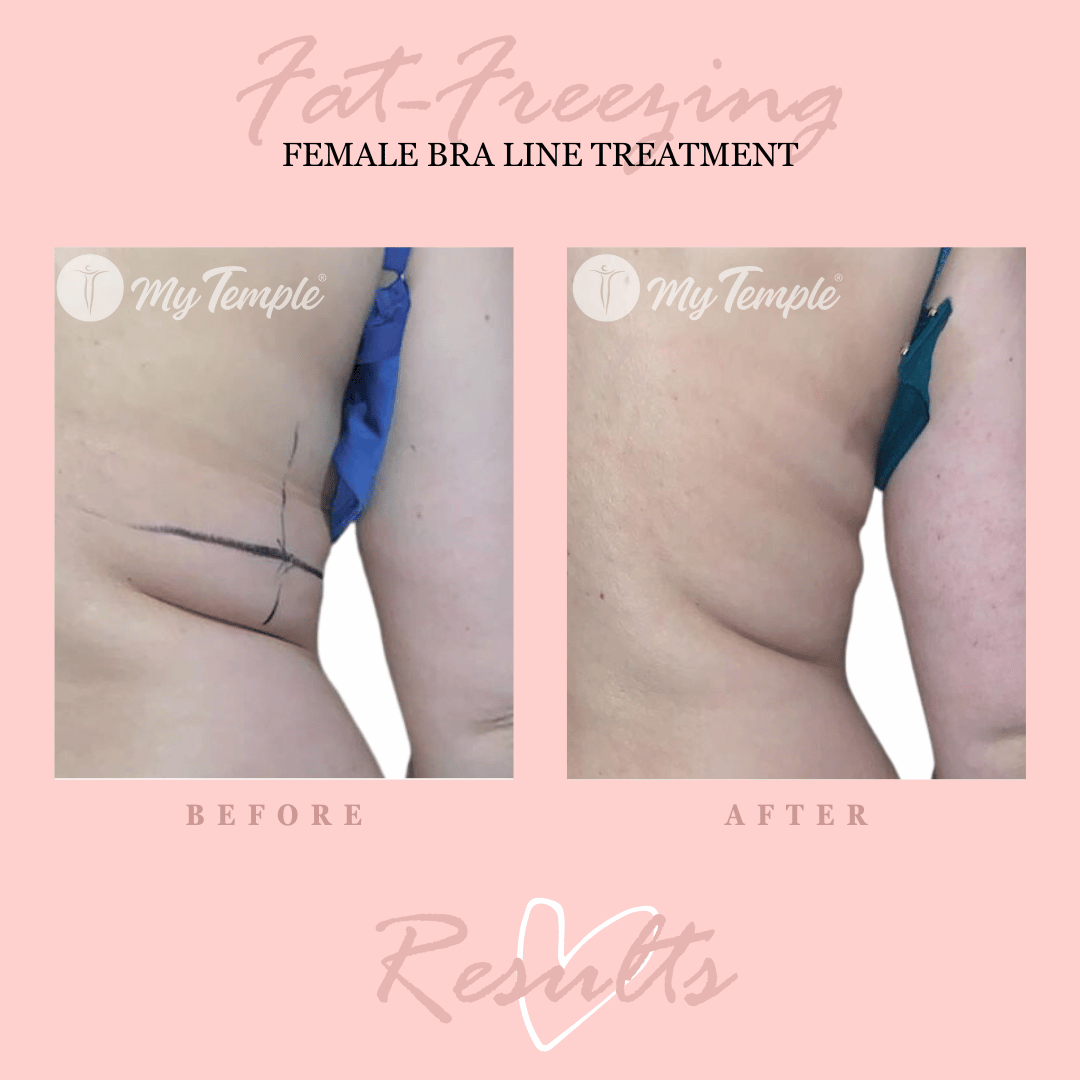
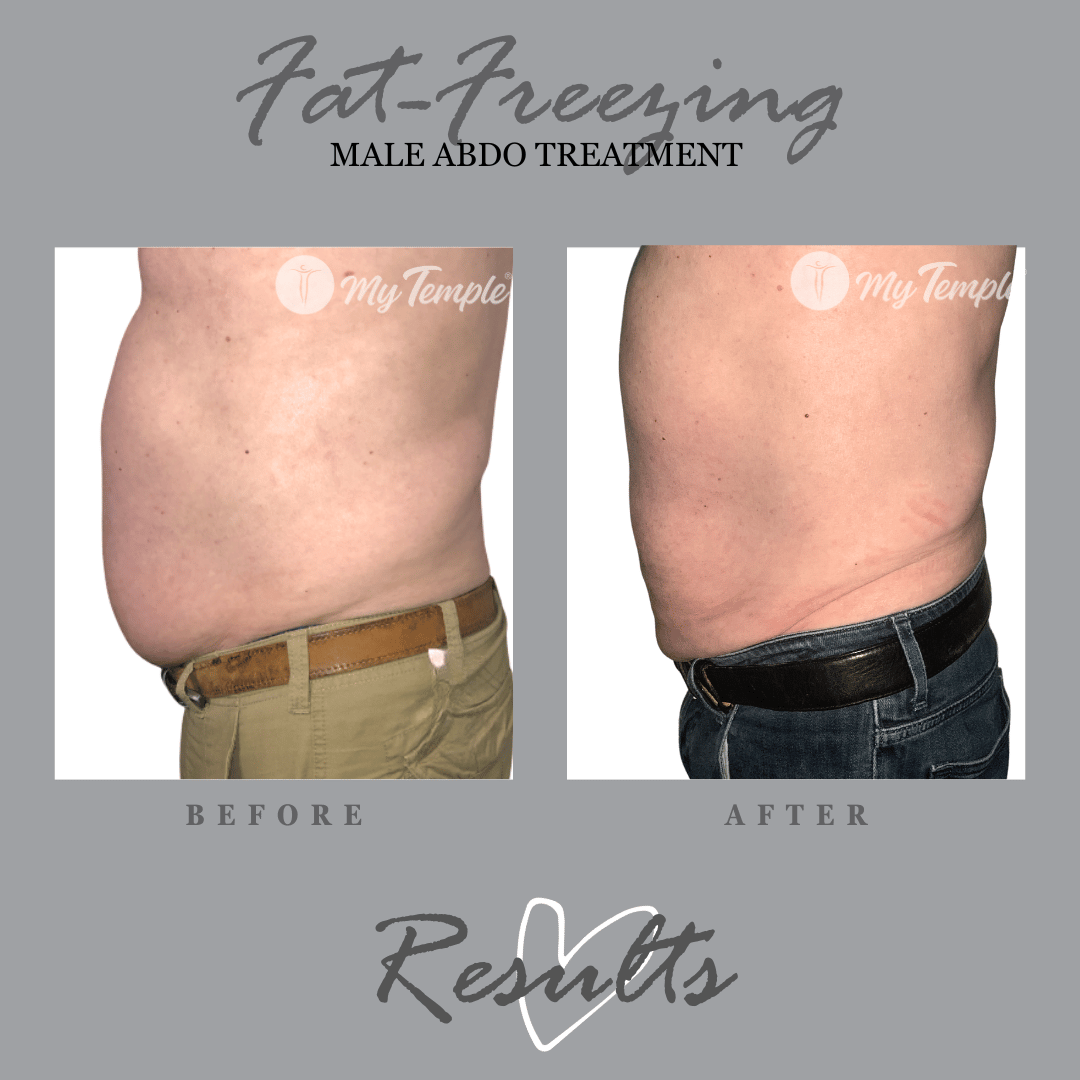
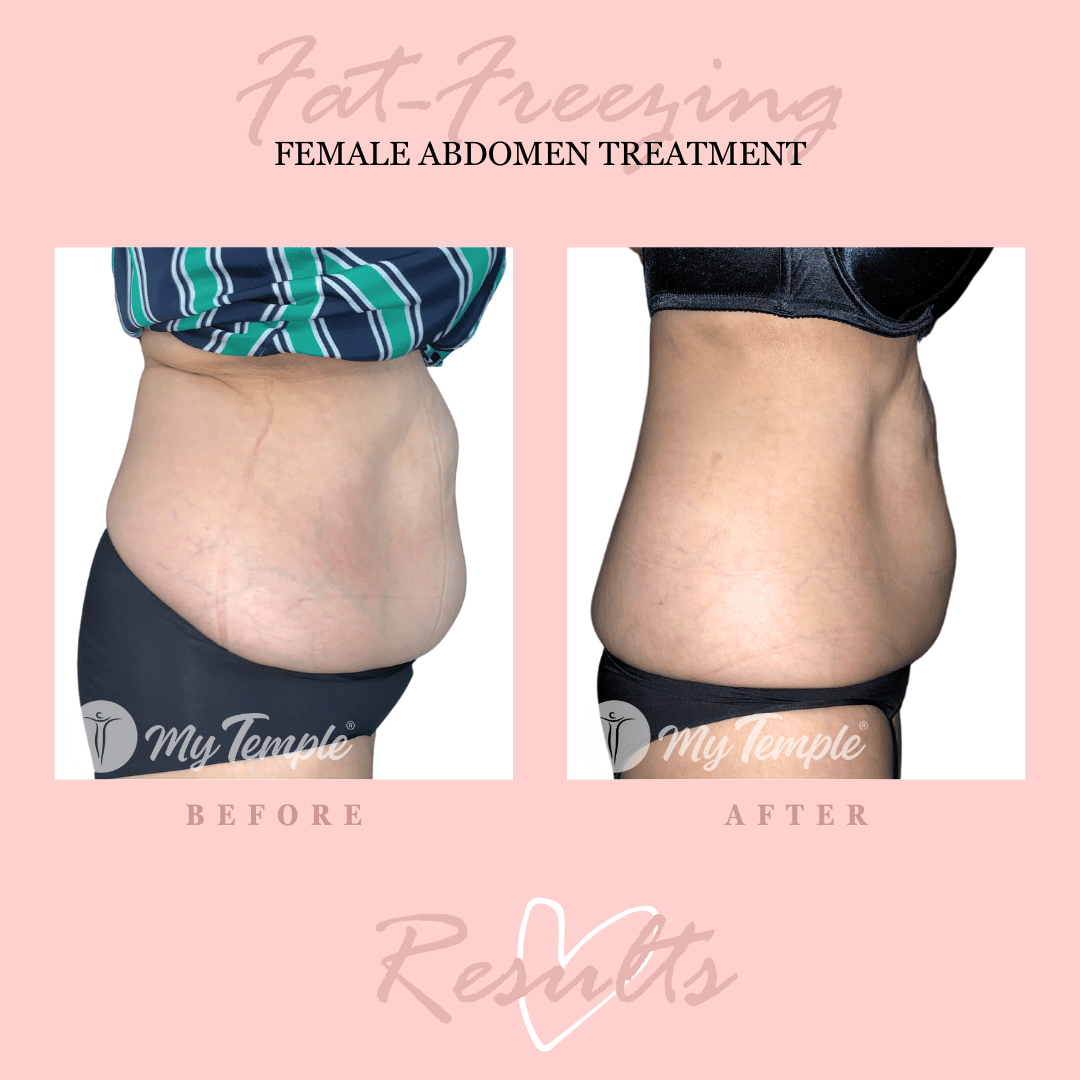

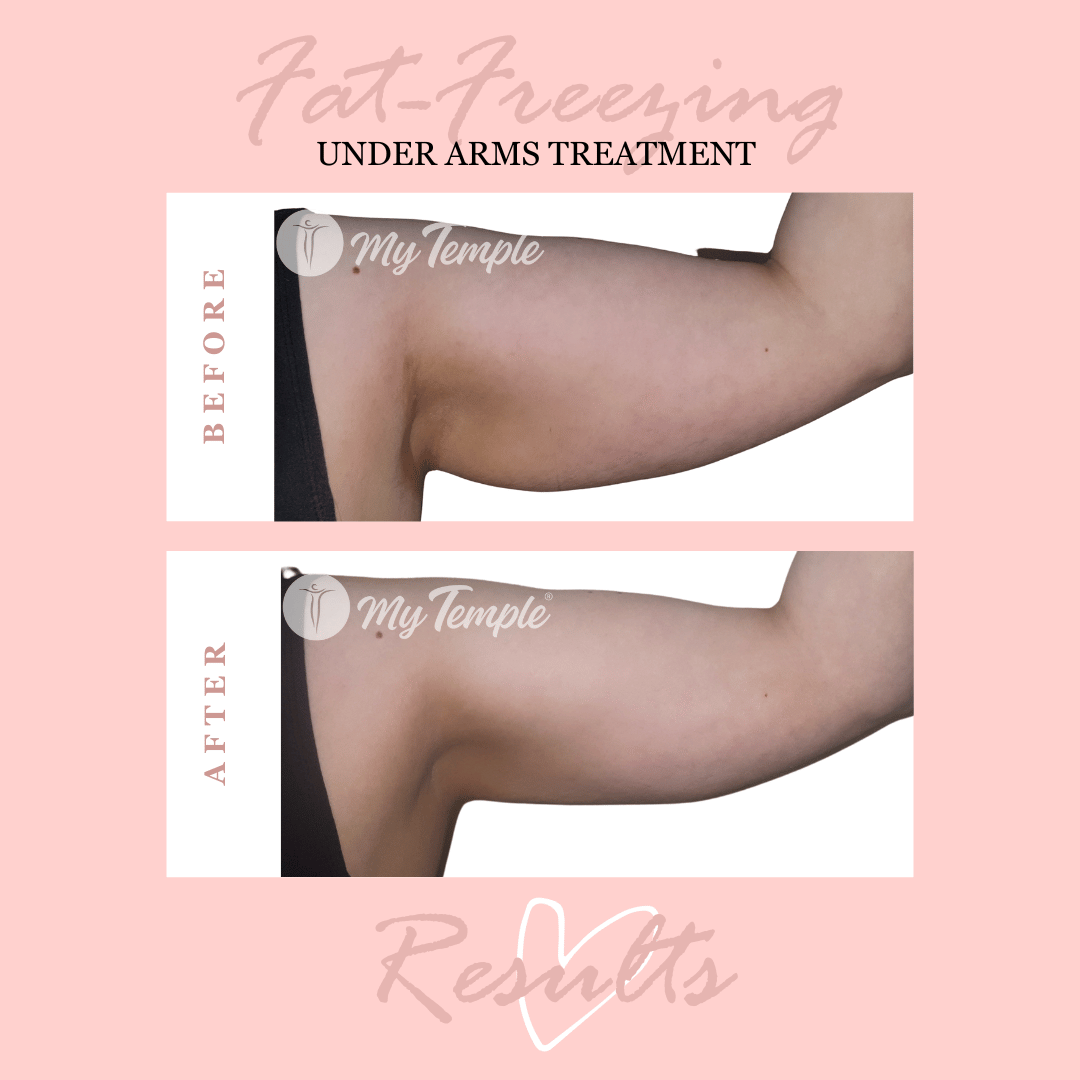
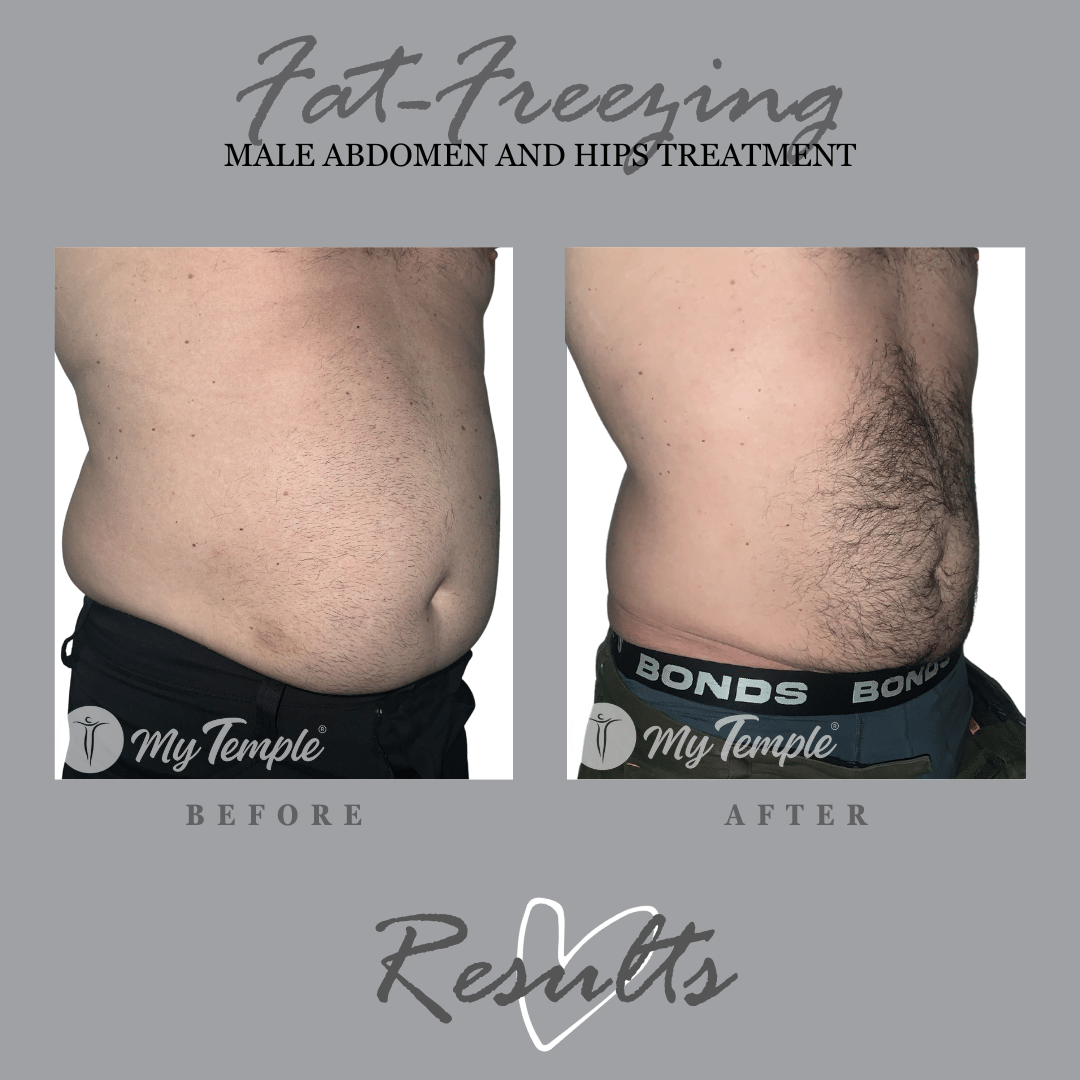
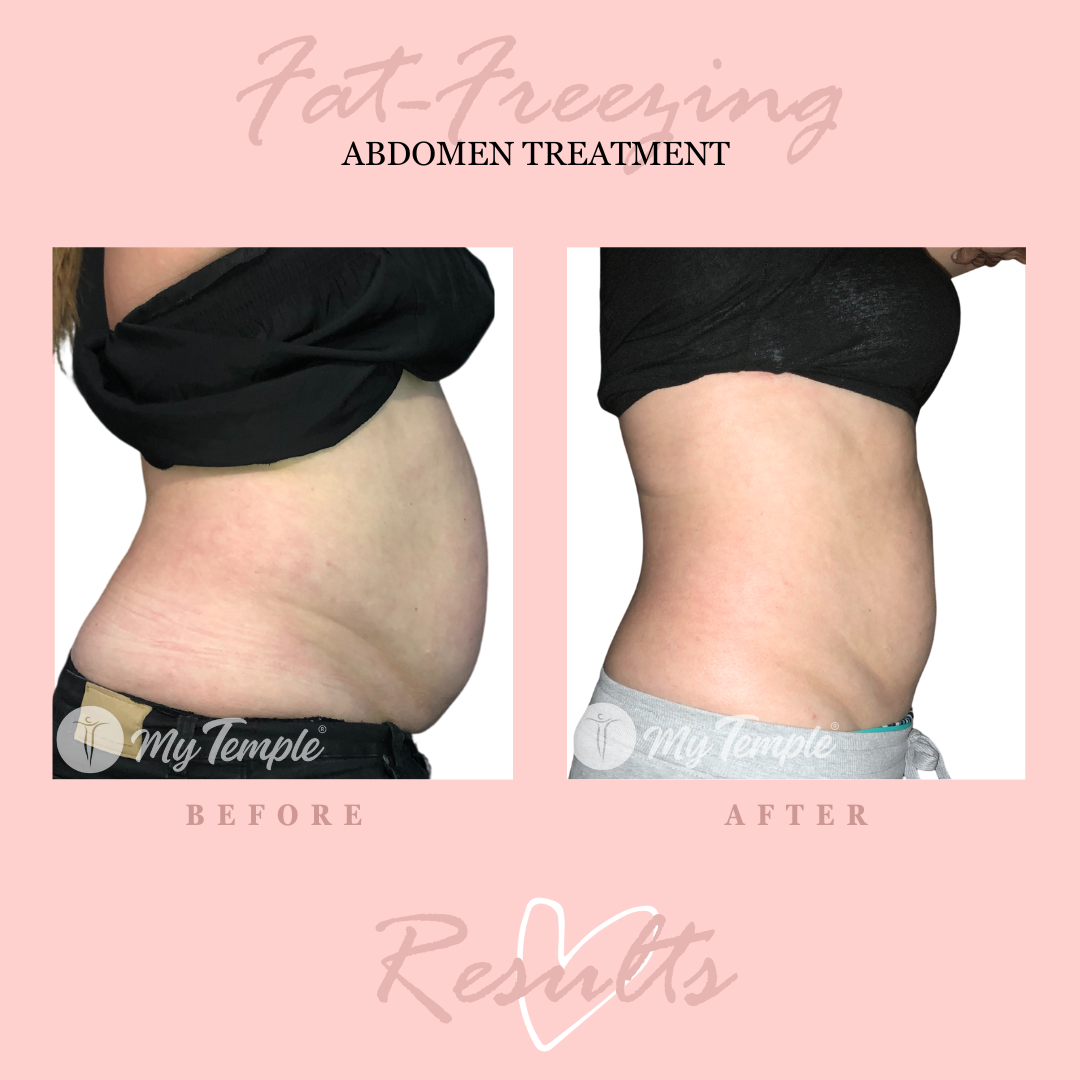


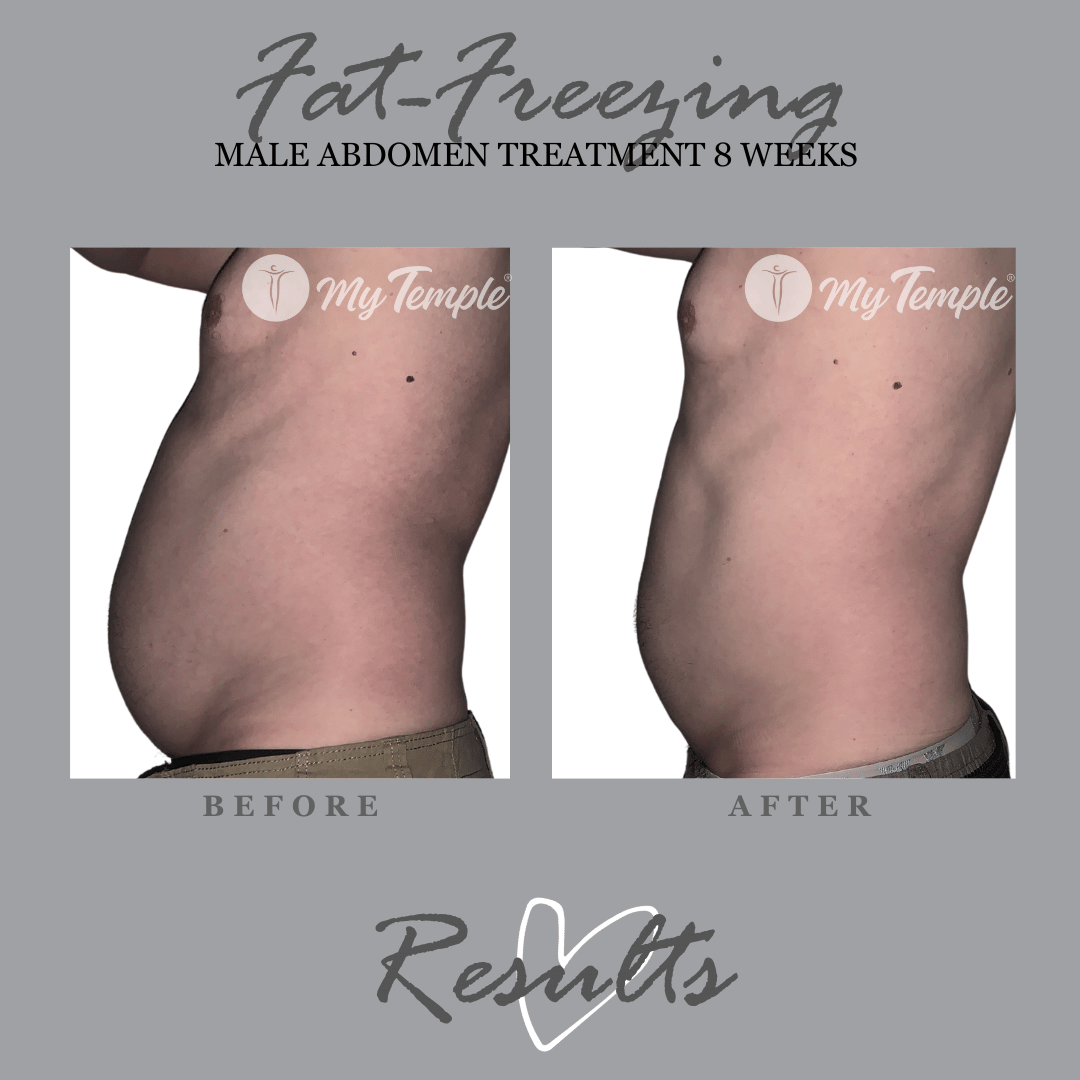


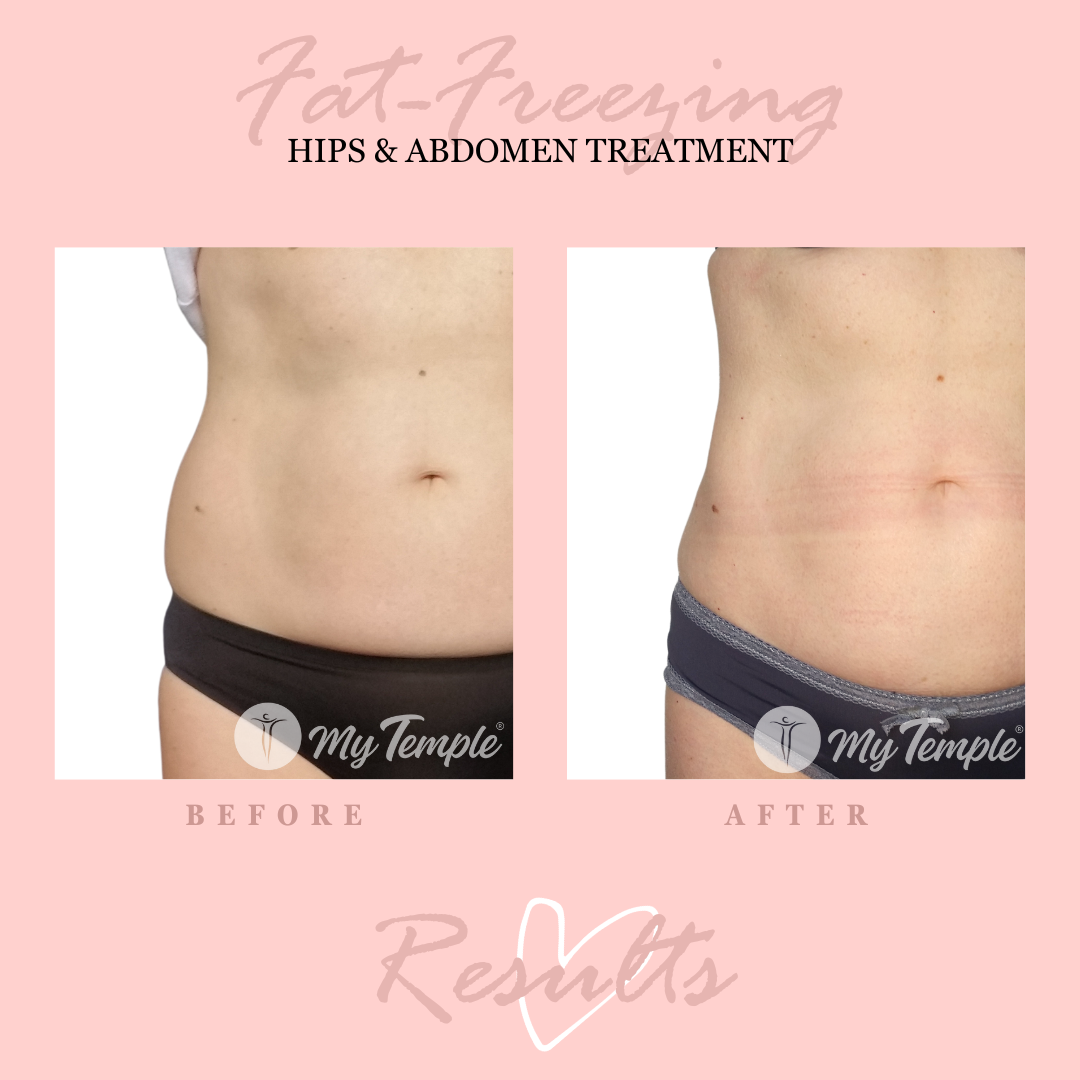
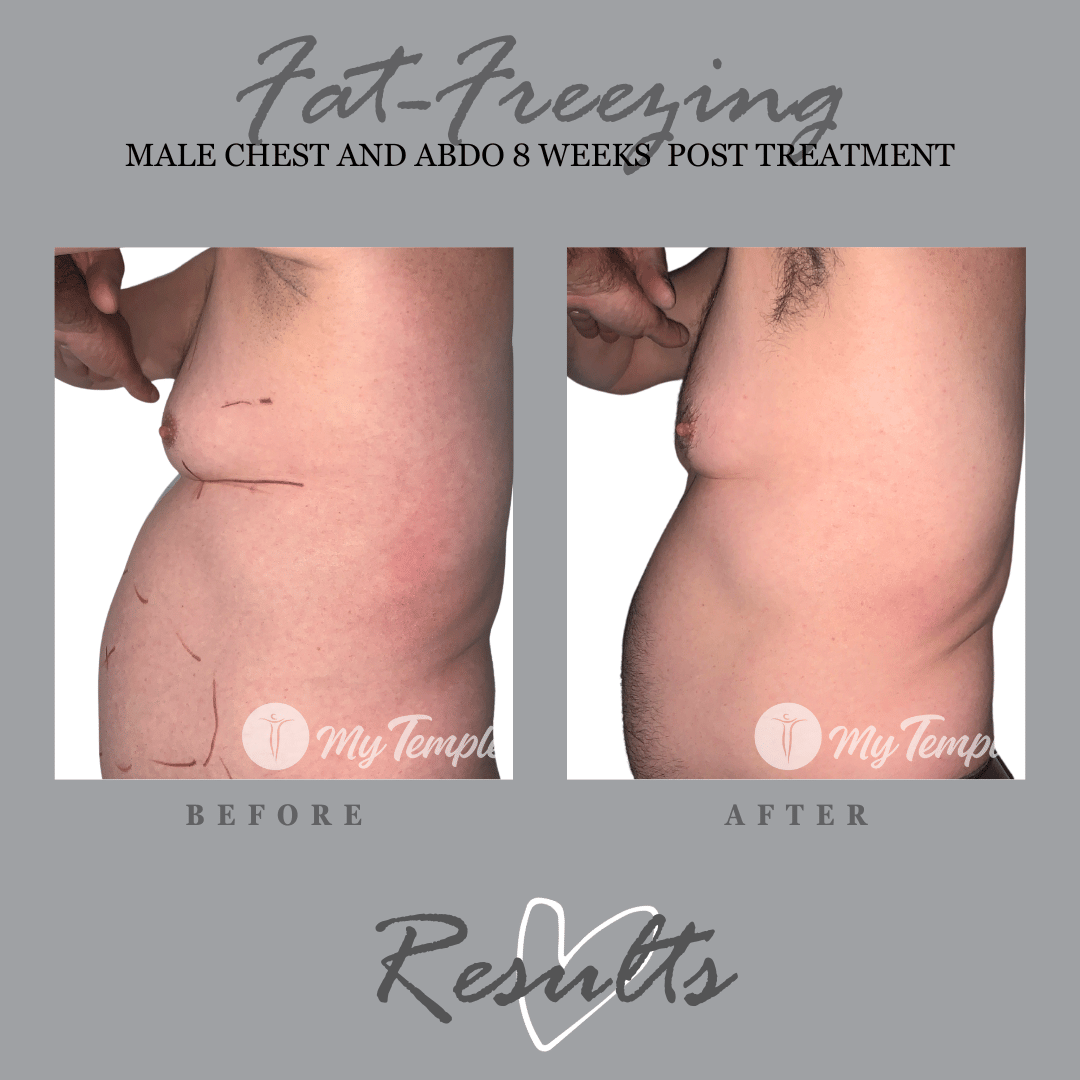
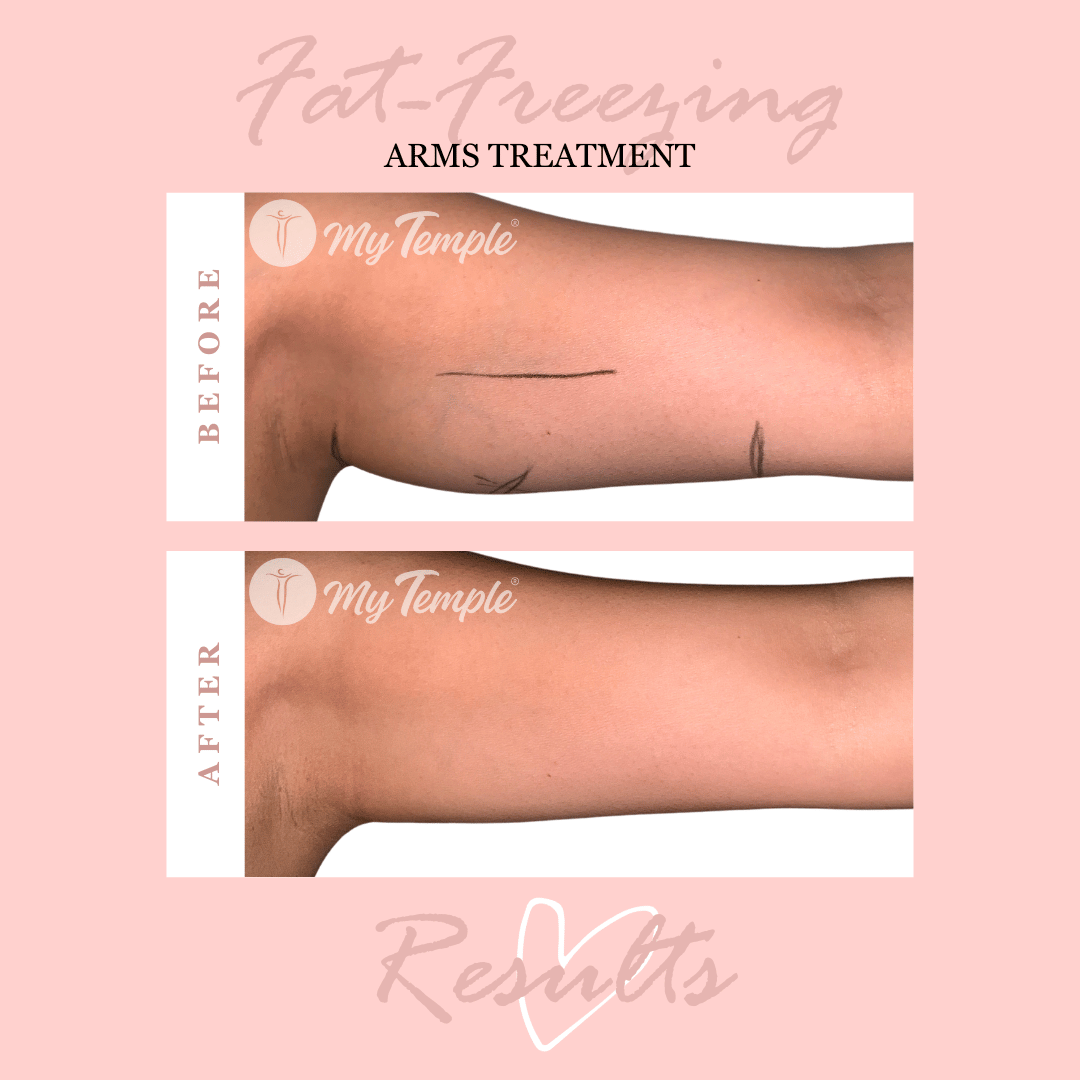
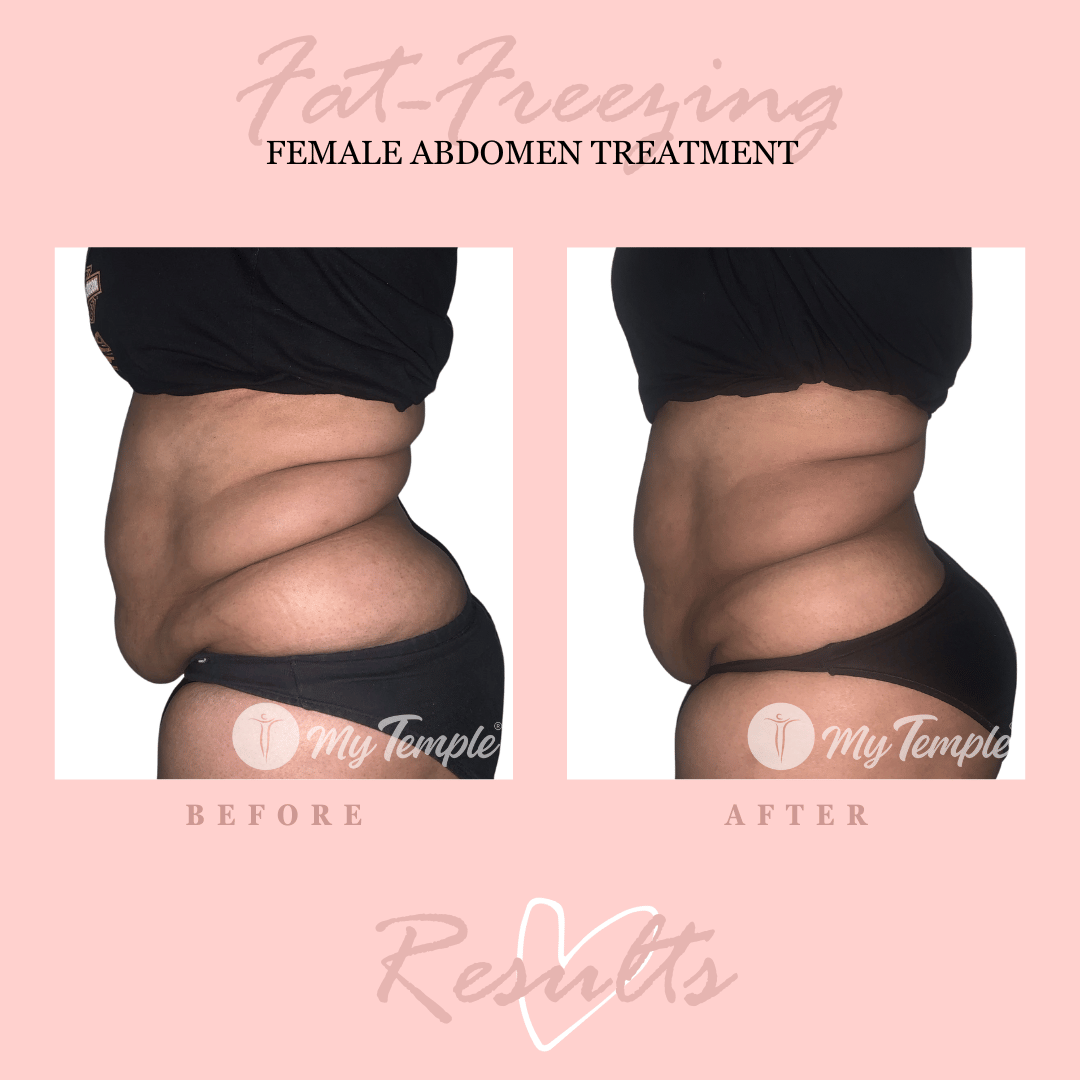
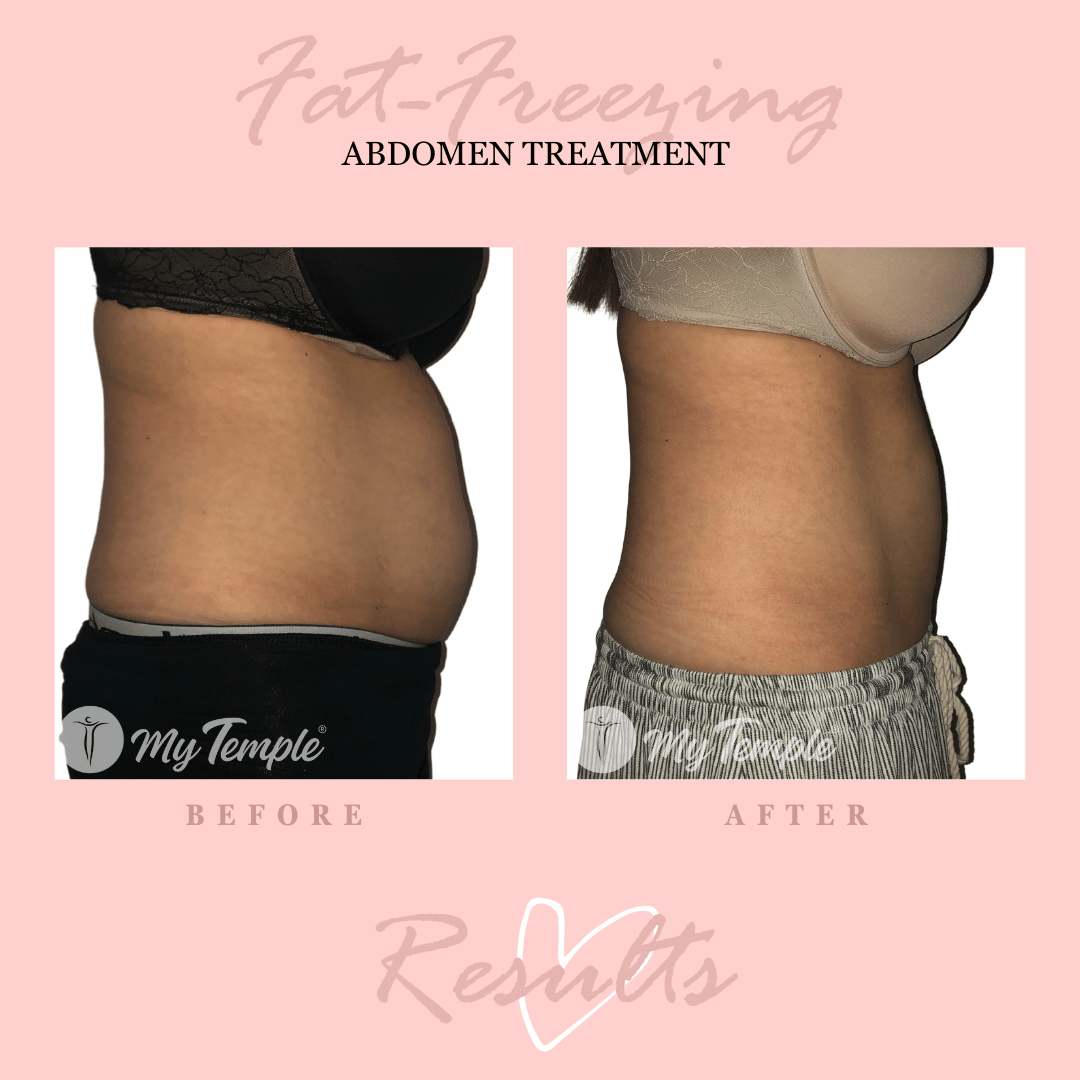
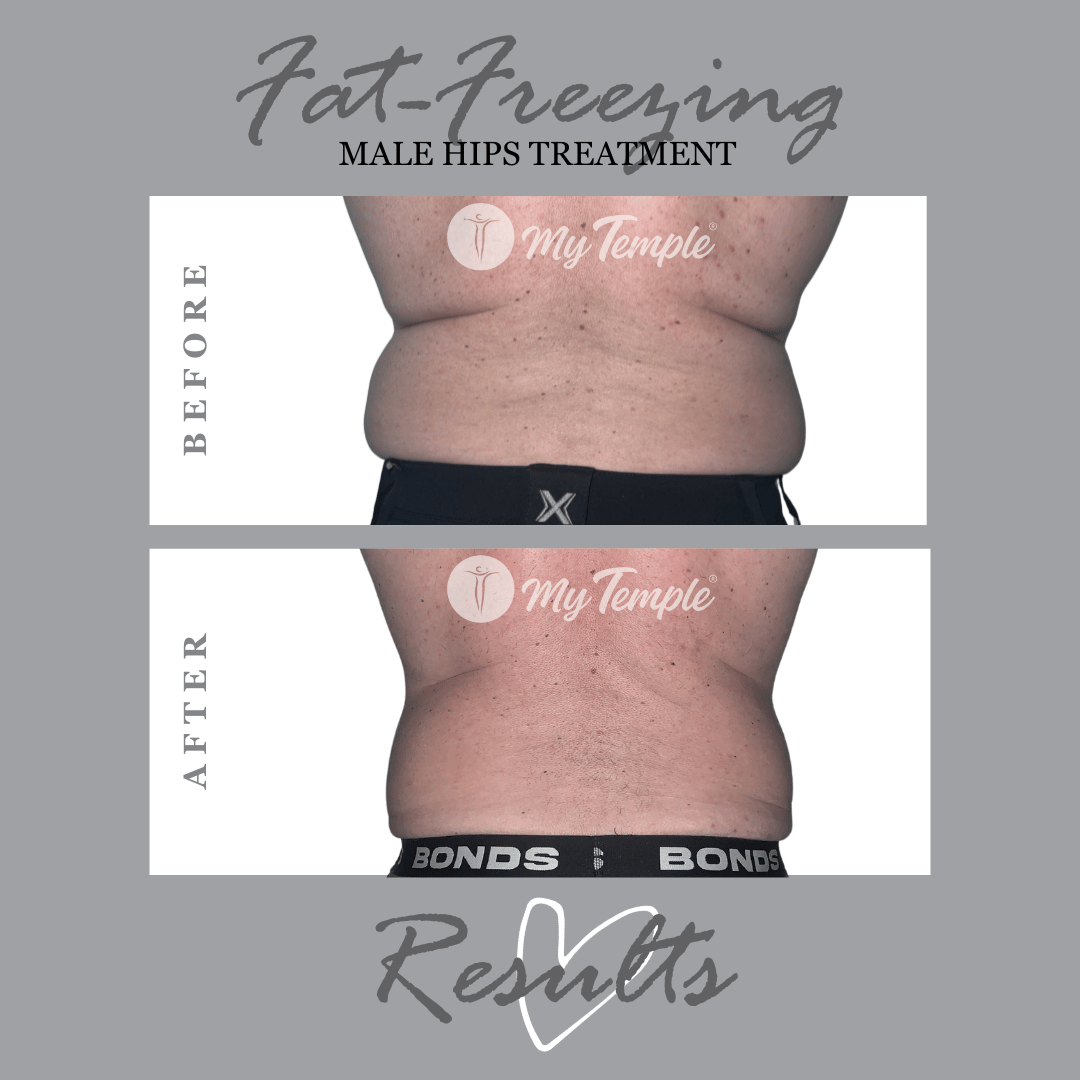
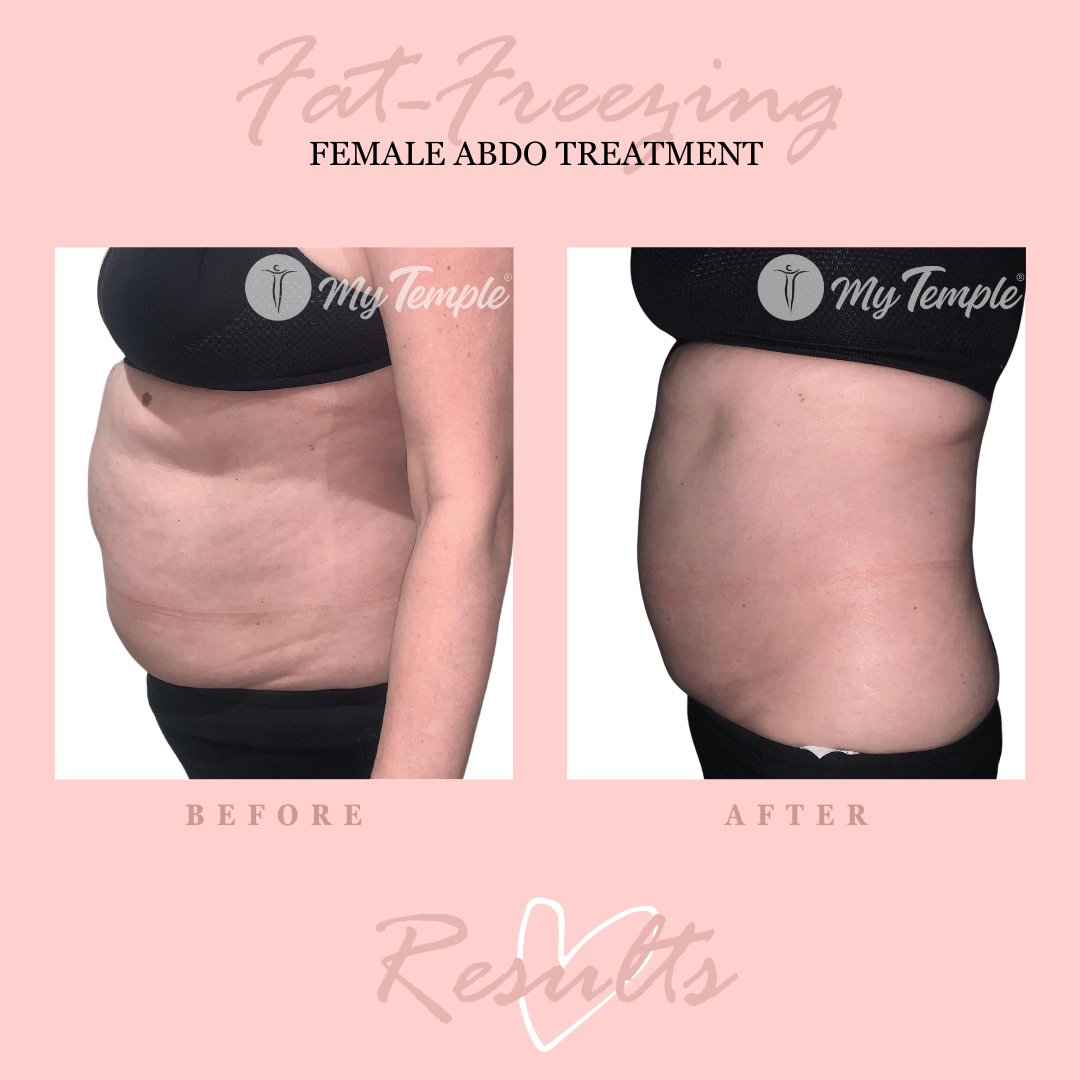

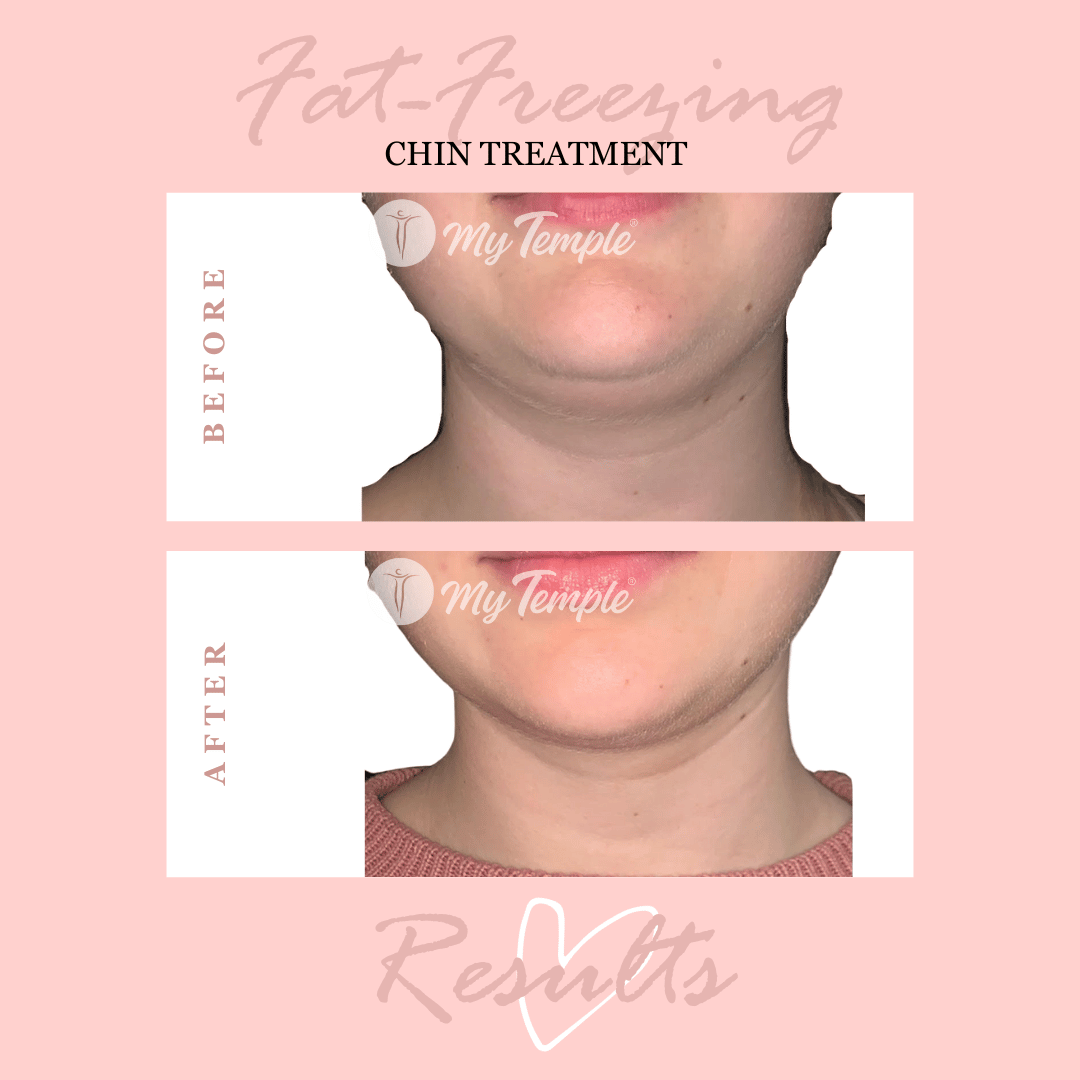
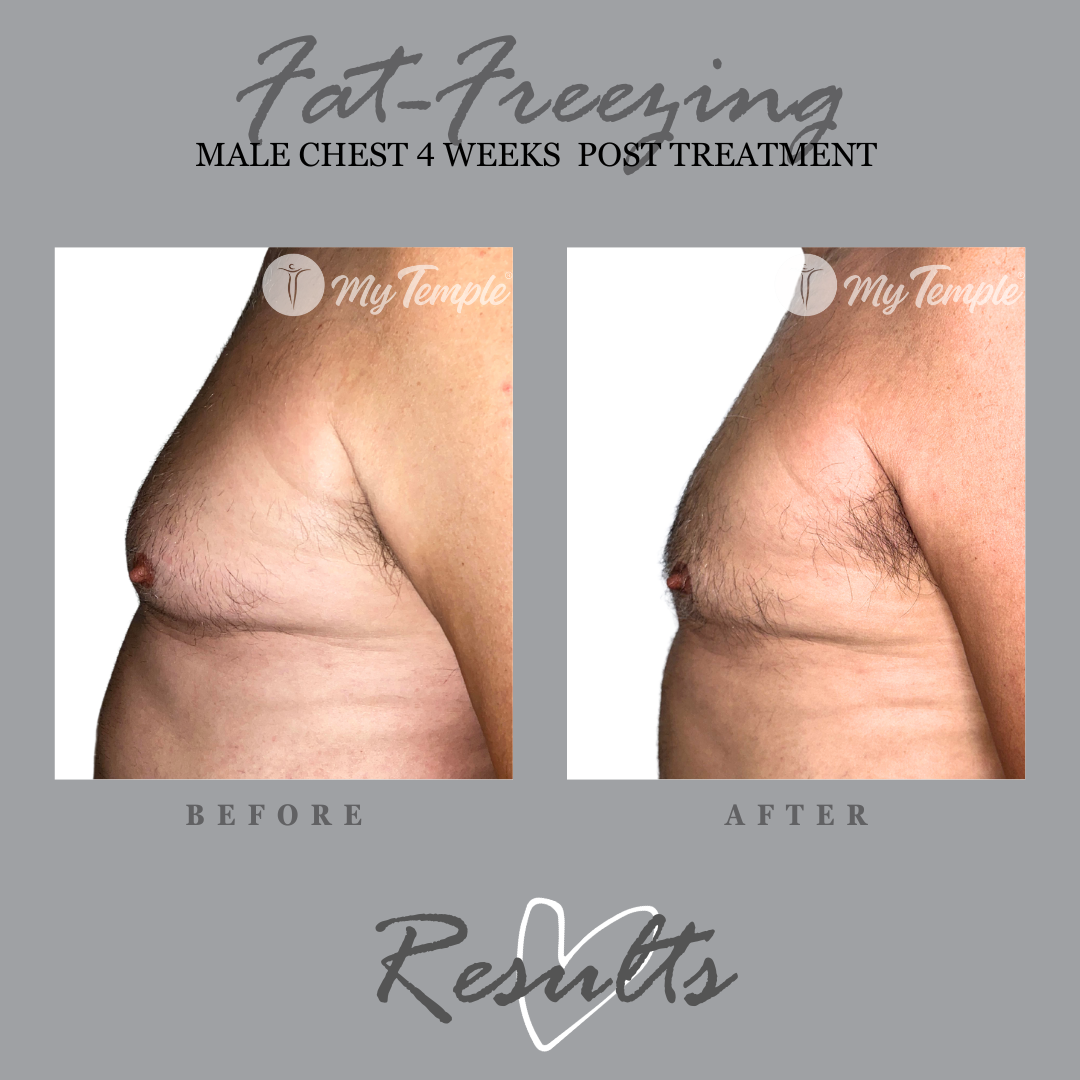
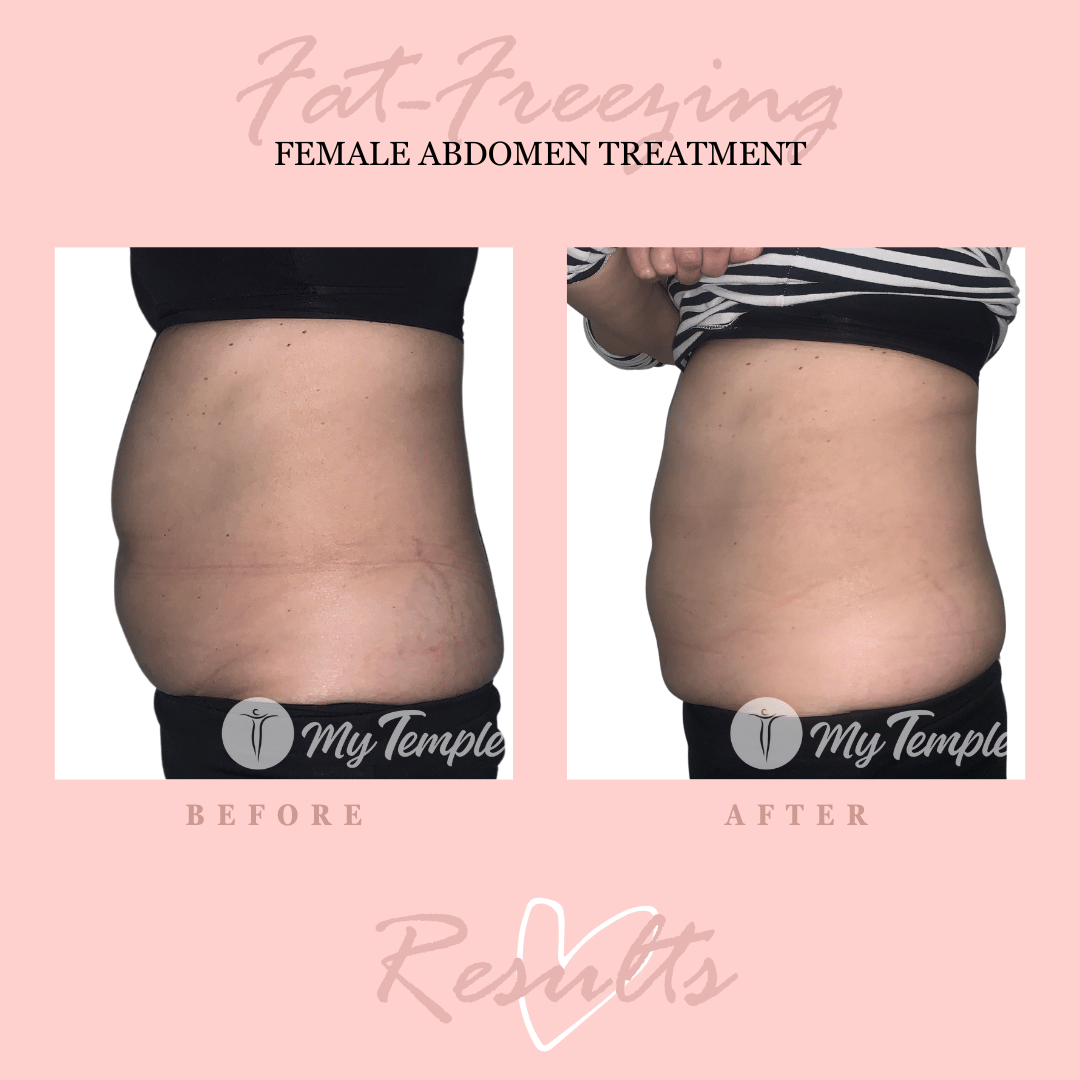

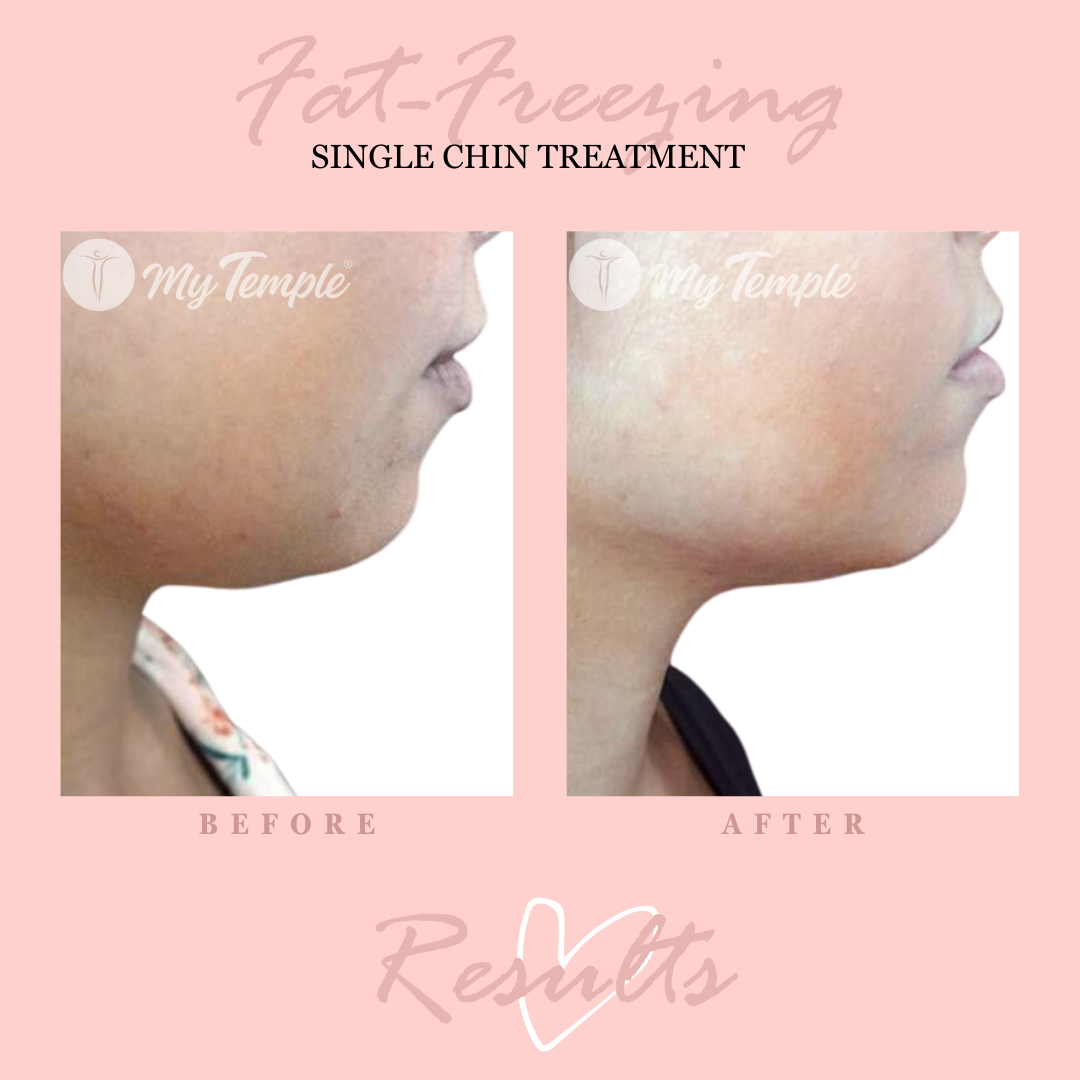

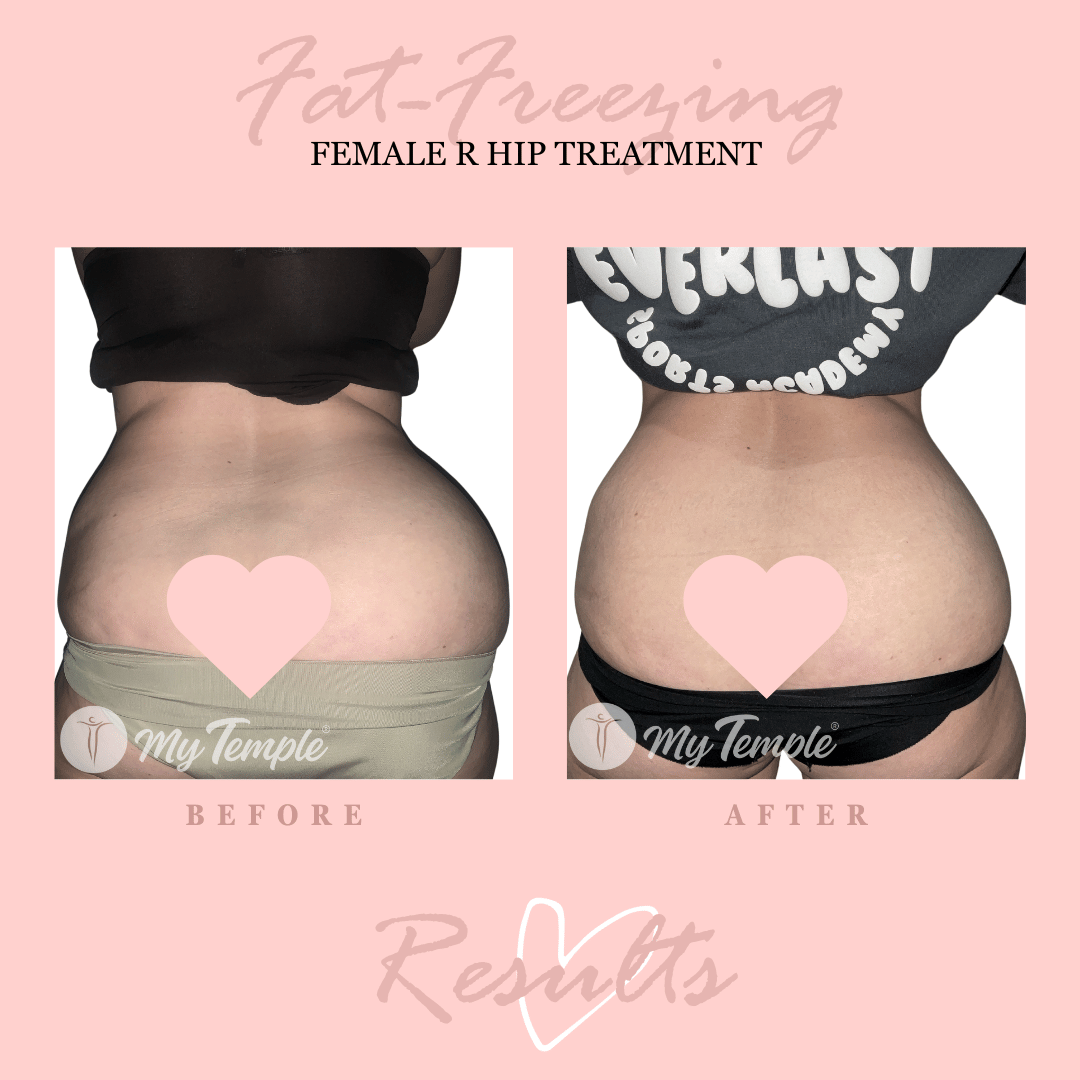
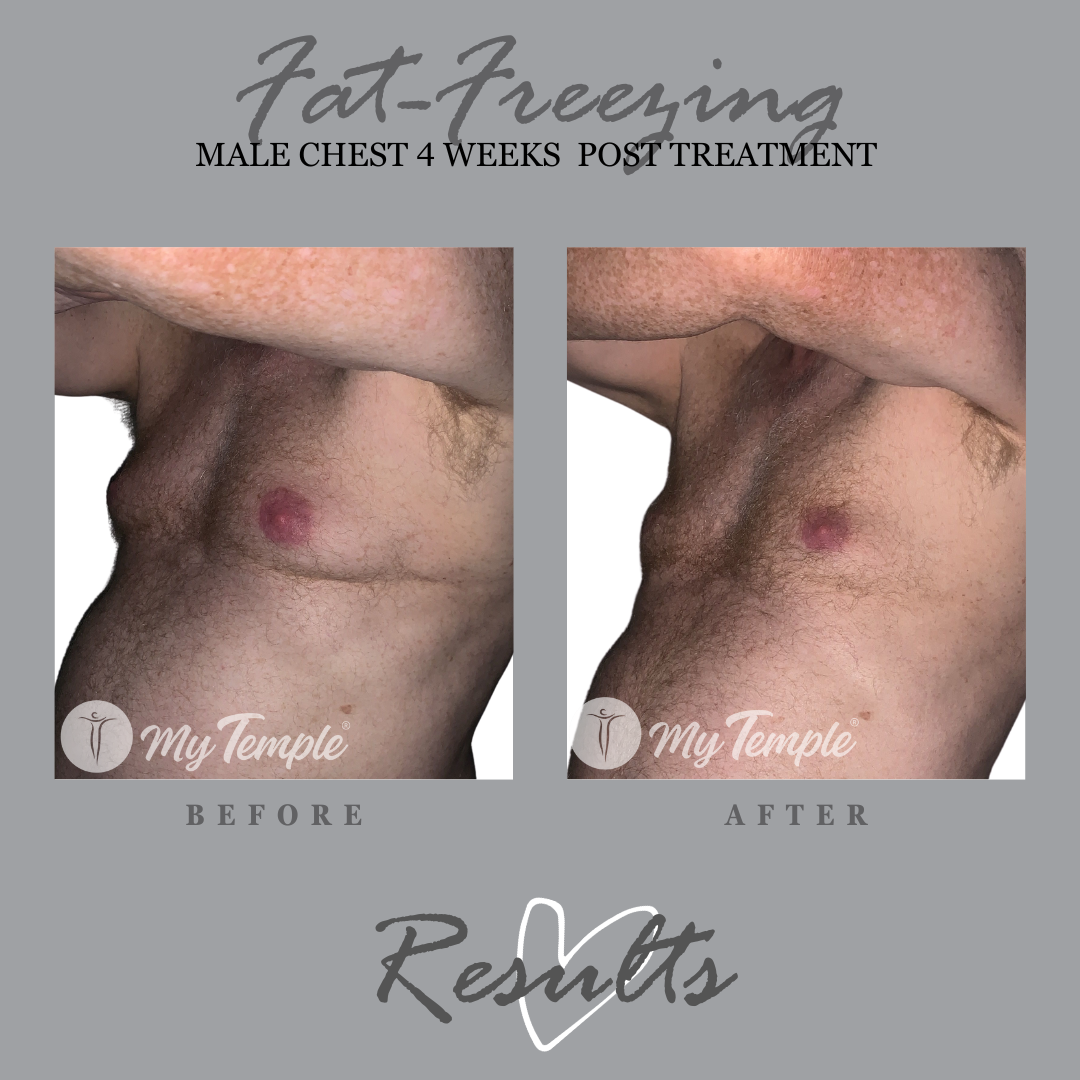
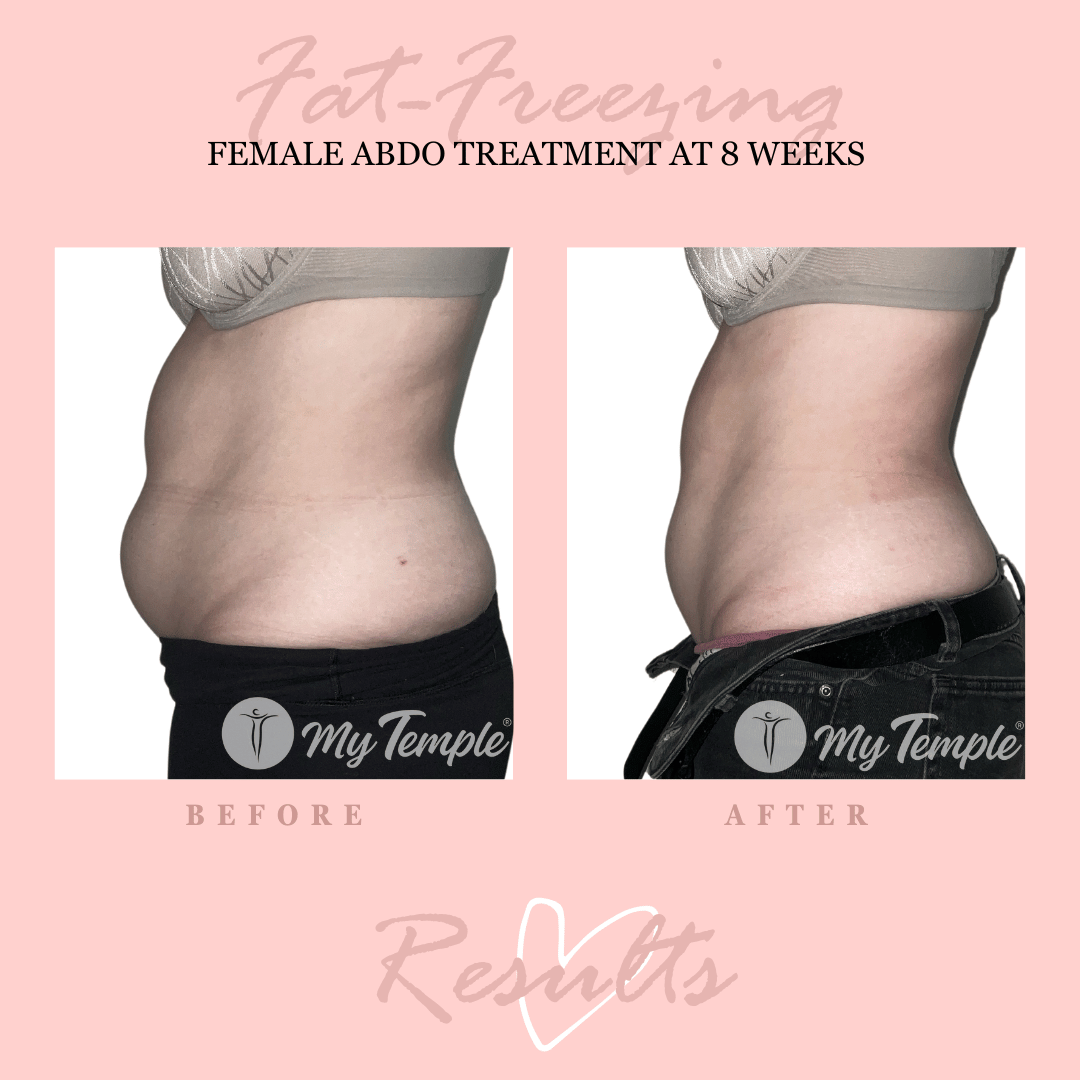
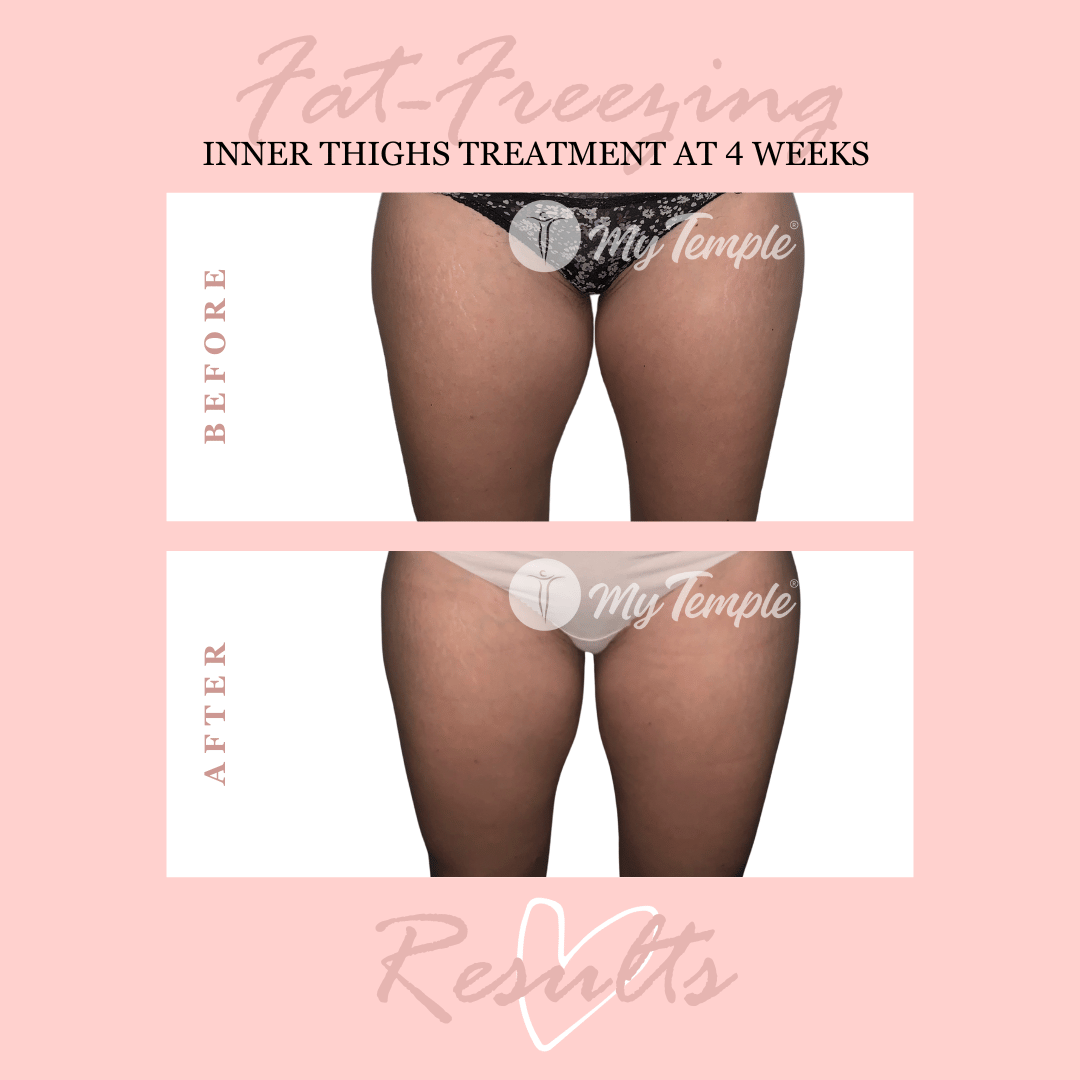
More Information:
QUIZ: Fat Freezing Suitability
Find out if Fat Freezing is the best option for your body with our quick and easy quiz: Am I Suitable for Fat Freezing?

Book a Consultation to See if Fat Freezing is Right for You.
45-minute in-depth consultation with one of our professional team members, where you will be provided with a personal bio impedance scan to understand your body’s condition better.




